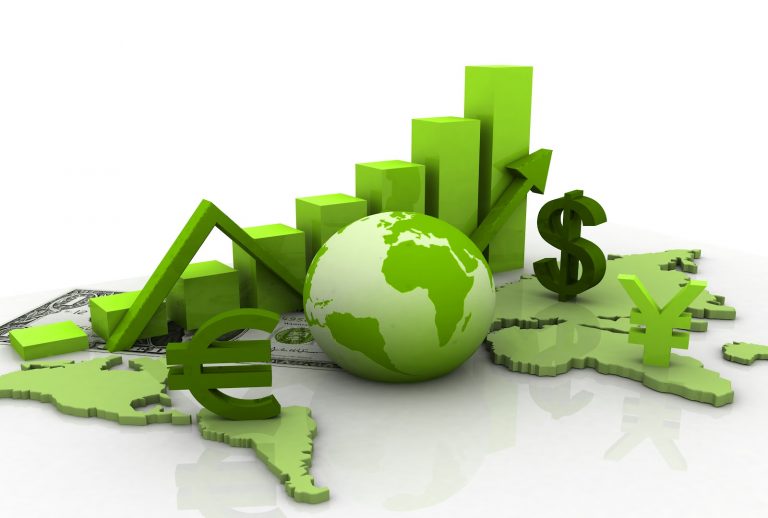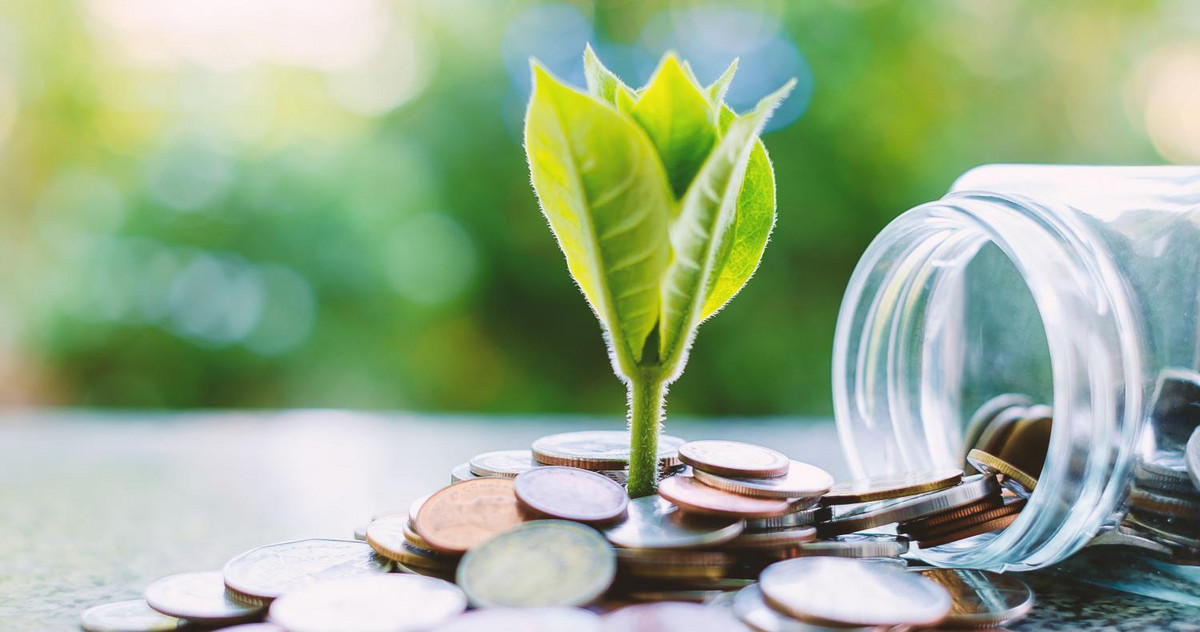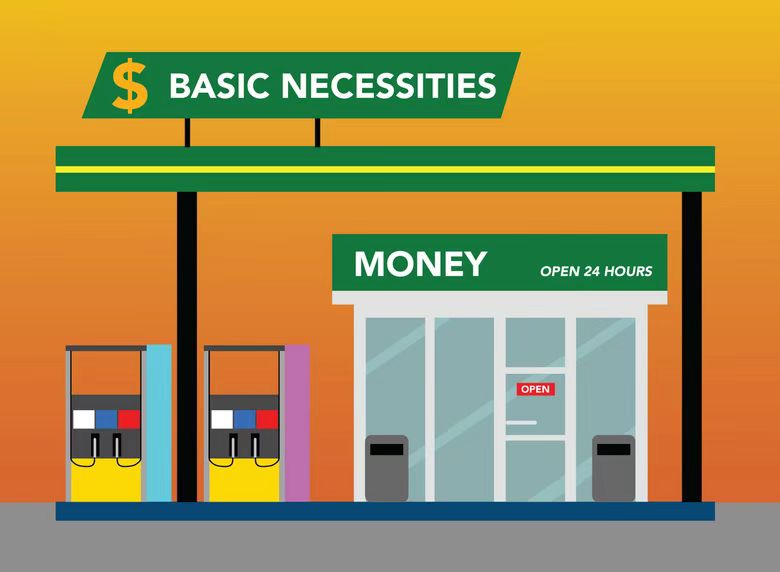
The international policy framework to deal with international climate change can basically be divided into four categories: one is industrial policy, the second is carbon tax, the third is carbon emission rights trading, and the fourth is to support carbon peak and carbon neutrality through green finance. Green finance is a new financial concept, which is a financial innovation to solve the financing problem of environmental protection industries. Noting that climate change will have an impact on the economic cycle and the stability of financial markets, considering long-term benefits and risks, resources are allocated to environmentally friendly industries through appropriate financial instruments to ensure the long-term stable development of the financial industry. Green finance has become very important in the financial system.
How much do you know about green finance? The first is about the definition criteria of green finance. The classification standard of green finance is the basis for the development of green finance. At present, only China and the European Union have clear green classification criteria. The standard differences between the two are mainly as follows: the EU excludes the use of fossil energy and any project to improve the energy efficiency of fossil energy from the green industry, while China is involved in coal and nuclear energy, which is improving; the EU focuses on energy conservation and emission reduction and the control of pollution caused by itself, while China emphasizes more on environmental benefits; EU standards are dynamically adjusted at any time with the continuous in-depth understanding of standards in market operation. So the whole is more flexible, and China's standards are formulated and revised by the government from the top down; the EU is not strict enough in terms of quantification, and China has put forward measurement indicators.

The second is green credit incentives. Green industries with great potential can in turn promote the development of financial institutions, provide new development opportunities for financial institutions, and promote the greening of financial products and services. Therefore, it will be inevitable to stimulate green credit in the long run. There are four main incentives: special restocking projects to support green and low-carbon projects; inclusion of low-risk green assets in the scope of qualified collateral borrowed by commercial banks from the central bank; and the inclusion of the bank's carbon footprint in the MPA .The design of the incentive mechanism is inseparable from accurate green industry standards, which highlights the importance of the first one.
Finally, there is the environmental information exposure system, climate risk analysis and forward-looking stress test. For financial regulators, in the past, it was only required to disclose green goods, the contribution of enterprises to the climate environment, etc., but in the future, financial institutions should also be required to disclose carbon emission information, including those generated by bank loans and equity investor investment projects, and negative information will have more real signals. As a very important task, the disclosure of relevant information needs to be enforced. In addition, industry-wide climate and environmental risk stress testing studies should be carried out to ensure that a prudent regulatory or legal framework for climate and environmental factors is established where appropriate, and the results are disclosed.






